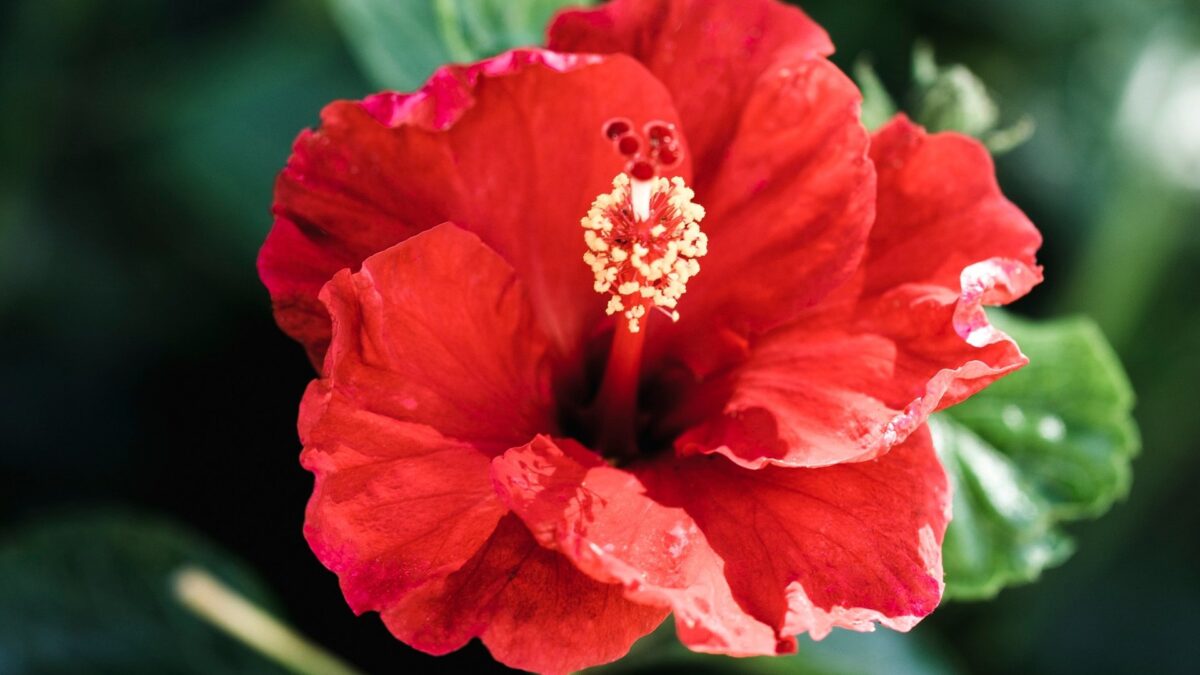As the scorching sun bears down, plants, much like us, require extra care to thrive during a heatwave. With temperatures soaring, preparing your green comp.ons for the heat becomes crucial, especially as May approaches. Here are some essential tips and examples of plants to safeguard, whether they reside indoors or outdoors.
Plant specific tips
Tomatoes

Water deeply at the base of the plant to ensure the roots receive sufficient moisture. Aim for at least 12 inches of water per week, adjusting based on soil dryness and plant size. Apply mulch around the base of the plant to retain soil moisture and prevent evaporation. Consider installing a drip irrigation system to deliver consistent moisture directly to the roots. Use shade cloth or construct temporary shade structures to protect tomato plants from intense sunlight during peak hours.
Bougainvillea
Water bougainvillea thoroughly when the top inch of soil feels dry to the touch. Ensure proper drainage to prevent waterlogging. In drier climates, mist the foliage regularly to increase humidity and reduce stress from dry air. Prune away dead or damaged branches to encourage healthy growth and airflow.
Hibiscus
Water deeply and consistently, aiming to keep the soil evenly moist but not waterlogged. Apply a layer of org.c mulch to retain moisture and suppress weed growth around the base of the plant. Fertilize hibiscus with a balanced fertilizer formulated for flowering plants to support blooming during the heat.
Spider Plant
Place spider plants in bright, indirect light to prevent leaf burn. Avoid direct sunlight, especially during the hottest part of the day. Water spider plants when the top inch of soil feels dry, usually once every one to two weeks. Adjust frequency based on environmental conditions and plant size.
Increase humidity levels by misting the foliage or placing a humidifier nearby, especially in air-conditioned environments.
Peace Lily
Keep peace lilies away from drafts, air conditioning vents, and direct sunlight. Optimal locations include bright, indirect light or filtered sunlight. Water peace lilies when the soil surface feels dry to the touch, typically every one to two weeks. Ensure proper drainage to prevent waterlogging. Wipe the leaves with a damp cloth to remove dust and improve the plant’s ability to absorb light.

Snake Plant
Position snake plants in indirect sunlight or lowlight conditions, such as near a north-facing window. Allow the soil to dry out completely between waterings, then water thoroughly, ensuring excess water drains away. Avoid overwatering, as snake plants are susceptible to root rot in soggy soil.
As a general guideline, adhere to the following care instructions:
Monitor Soil Moisture
Use a moisture meter to accurately gauge soil moisture levels. Adjust watering frequency based on the plant’s specific needs and environmental conditions. Water early in the morning or late in the evening to minimize water loss through evaporation.
Provide Adequate Ventilation
Ensure proper air circulation around indoor plants by using fans or opening windows. Stagnant air can contribute to heat stress and fungal diseases.
Protect from Direct Sunlight
Use shade cloth, umbrellas, or plant covers to shield sensitive plants from direct sunlight during the hottest part of the day.
Mulch and Water Wisely
Apply a thick layer of org.c mulch around outdoor plants to retain soil moisture and regulate soil temperature.
By implementing strategies and closely monitoring your plants’ needs, you can help them not only survive but thrive during a heatwave. Remember to observe your plants regularly for signs of stress and adjust your care routine accordingly.
